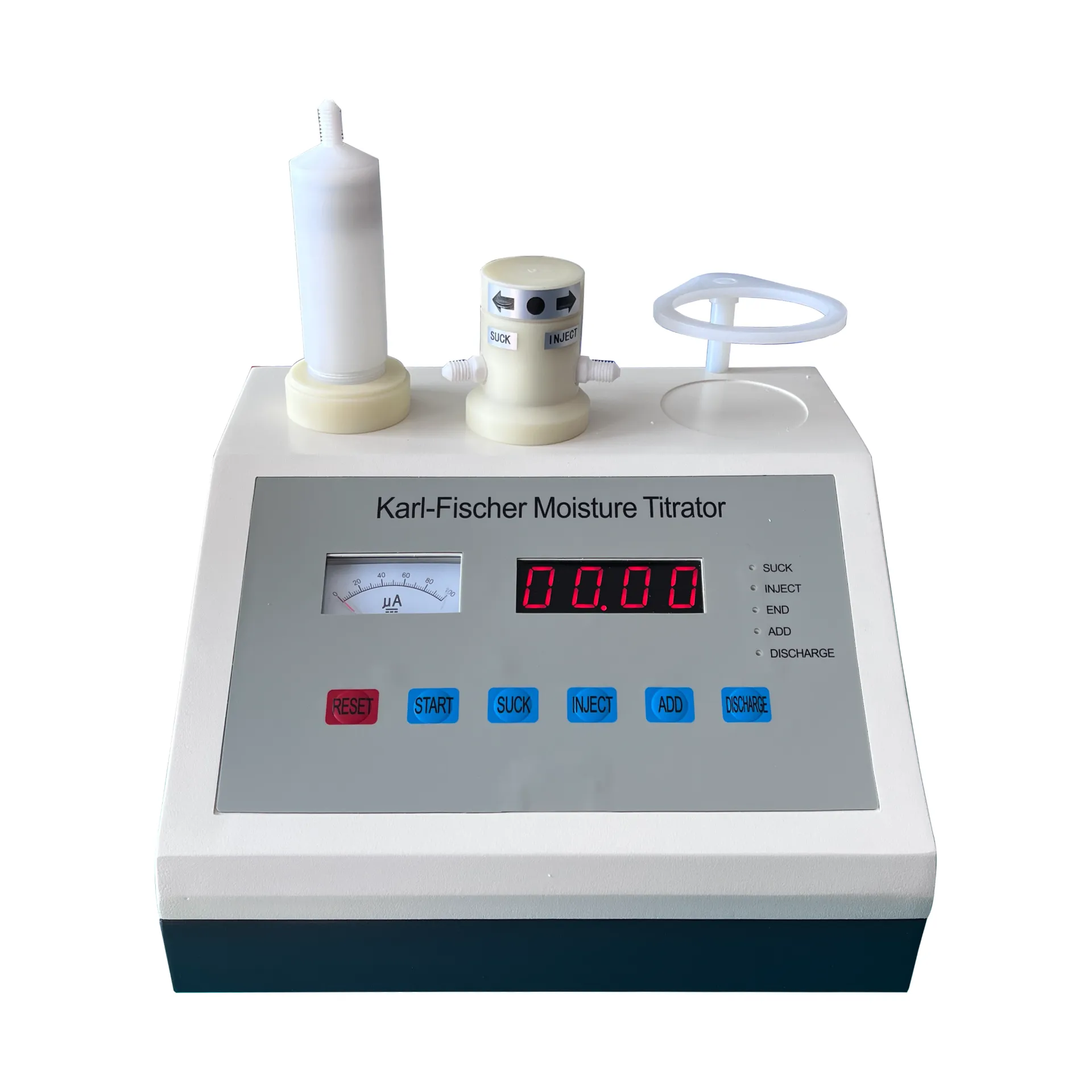 English
English



-
 Afrikaans
Afrikaans -
 Albanian
Albanian -
 Amharic
Amharic -
 Arabic
Arabic -
 Armenian
Armenian -
 Azerbaijani
Azerbaijani -
 Basque
Basque -
 Belarusian
Belarusian -
 Bengali
Bengali -
 Bosnian
Bosnian -
 Bulgarian
Bulgarian -
 Catalan
Catalan -
 Cebuano
Cebuano -
 China
China -
 China (Taiwan)
China (Taiwan) -
 Corsican
Corsican -
 Croatian
Croatian -
 Czech
Czech -
 Danish
Danish -
 Dutch
Dutch -
 English
English -
 Esperanto
Esperanto -
 Estonian
Estonian -
 Finnish
Finnish -
 French
French -
 Frisian
Frisian -
 Galician
Galician -
 Georgian
Georgian -
 German
German -
 Greek
Greek -
 Gujarati
Gujarati -
 Haitian Creole
Haitian Creole -
 hausa
hausa -
 hawaiian
hawaiian -
 Hebrew
Hebrew -
 Hindi
Hindi -
 Miao
Miao -
 Hungarian
Hungarian -
 Icelandic
Icelandic -
 igbo
igbo -
 Indonesian
Indonesian -
 irish
irish -
 Italian
Italian -
 Japanese
Japanese -
 Javanese
Javanese -
 Kannada
Kannada -
 kazakh
kazakh -
 Khmer
Khmer -
 Rwandese
Rwandese -
 Korean
Korean -
 Kurdish
Kurdish -
 Kyrgyz
Kyrgyz -
 Lao
Lao -
 Latin
Latin -
 Latvian
Latvian -
 Lithuanian
Lithuanian -
 Luxembourgish
Luxembourgish -
 Macedonian
Macedonian -
 Malgashi
Malgashi -
 Malay
Malay -
 Malayalam
Malayalam -
 Maltese
Maltese -
 Maori
Maori -
 Marathi
Marathi -
 Mongolian
Mongolian -
 Myanmar
Myanmar -
 Nepali
Nepali -
 Norwegian
Norwegian -
 Norwegian
Norwegian -
 Occitan
Occitan -
 Pashto
Pashto -
 Persian
Persian -
 Polish
Polish -
 Portuguese
Portuguese -
 Punjabi
Punjabi -
 Romanian
Romanian -
 Russian
Russian -
 Samoan
Samoan -
 Scottish Gaelic
Scottish Gaelic -
 Serbian
Serbian -
 Sesotho
Sesotho -
 Shona
Shona -
 Sindhi
Sindhi -
 Sinhala
Sinhala -
 Slovak
Slovak -
 Slovenian
Slovenian -
 Somali
Somali -
 Spanish
Spanish -
 Sundanese
Sundanese -
 Swahili
Swahili -
 Swedish
Swedish -
 Tagalog
Tagalog -
 Tajik
Tajik -
 Tamil
Tamil -
 Tatar
Tatar -
 Telugu
Telugu -
 Thai
Thai -
 Turkish
Turkish -
 Turkmen
Turkmen -
 Ukrainian
Ukrainian -
 Urdu
Urdu -
 Uighur
Uighur -
 Uzbek
Uzbek -
 Vietnamese
Vietnamese -
 Welsh
Welsh -
 Bantu
Bantu -
 Yiddish
Yiddish -
 Yoruba
Yoruba -
 Zulu
Zulu
Understanding Off-Load Tap Changer Functionality and Applications in Electrical Systems
Understanding Off-load Tap Changers Function and Importance
Off-load tap changers (OLTCs) are critical components in the operation of electrical transformers, especially in power distribution systems. These mechanisms are designed to adjust the voltage levels of transformers, enabling them to maintain the desired output despite fluctuations in input voltage and load. By understanding the function, importance, and operation of off-load tap changers, one can appreciate their contribution to stability and efficiency in electrical networks.
What is an Off-load Tap Changer?
An off-load tap changer is a device installed on a transformer that allows for the adjustment of the transformer's turns ratio. Unlike on-load tap changers, which can adjust the voltage while the transformer is energized, off-load tap changers must be operated when the transformer is de-energized. This capability makes them particularly useful for maintenance and scenarios where voltage adjustments are required but safety is paramount.
Why Use Off-load Tap Changers?
The primary reason for employing off-load tap changers is to manage voltage levels efficiently. Variations in load demand and changes in the power supply can result in voltage fluctuations that could damage electrical equipment or lead to inefficient operation. Off-load tap changers provide a solution by allowing operators to adjust the voltage settings safely when the transformer is not in operation.
In addition to voltage regulation, off-load tap changers contribute to the longevity of transformers by preventing stress caused by prolonged voltage irregularities. Transformers that are consistently operated outside their optimal voltage range may experience premature aging or failure, leading to costly repairs and downtime.
Operation of Off-load Tap Changers
off load tap changer

The operation of off-load tap changers typically involves a mechanical mechanism that selects different taps or connection points on the transformer's winding. Each tap corresponds to a specific voltage level, enabling the transformer to adapt to varying conditions. The process usually involves
1. Setting the desired voltage level Operators will determine the required voltage based on the system's needs. 2. De-energizing the transformer Safety protocols necessitate that the transformer is de-energized before any changes are made to prevent electrical hazards. 3. Adjusting the tap changer The operator manually moves the mechanism to select the appropriate tap position. 4. Re-energizing and monitoring Once the adjustment is made, the transformer is re-energized, and operators monitor the output voltage to ensure it aligns with the desired specifications.
Applications and Benefits
Off-load tap changers are commonly found in substations and industrial power systems. They play a critical role in applications where power quality is paramount, such as hospitals, data centers, and manufacturing facilities.
The benefits of using off-load tap changers include - Enhanced transformer lifespan By maintaining optimal operating conditions, transformers can avoid excessive wear and tear. - Improved power quality Steady voltage levels contribute to the reliability of the electrical system, reducing the risk of failures or brownouts. - Cost efficiency Although there is an initial investment in installing tap changers, their ability to mitigate damage and improve performance leads to cost savings in the long term.
Conclusion
In conclusion, off-load tap changers are vital components that ensure the effective operation of electrical transformers. By allowing for safe voltage adjustments, they help maintain optimal performance, enhance system reliability, and prolong the lifespan of equipment. As power systems continue to evolve with increasing demands for stability and efficiency, the role of off-load tap changers will remain crucial in ensuring that electrical networks operate smoothly and effectively. Understanding their function and importance is essential for anyone involved in power management and distribution.
-
Ensuring SF₆ Gas Safety: Introducing PUSH’s Integrated SF₆ Analyzer for Dew Point, Purity, and Decomposition MonitoringNewsJul.10,2025
-
Exploring the Main Types of Industrial Endoscopes and Their Applications Across IndustriesNewsJul.04,2025
-
Testing Equipment Industry Sees Major Advancements in 2025: Smart & Precision Technologies Lead the WayNewsJun.06,2025
-
Applications of Direct Current Generators in Renewable Energy SystemsNewsJun.05,2025
-
Hipot Tester Calibration and Accuracy GuidelinesNewsJun.05,2025
-
Digital Circuit Breaker Analyzer Features and BenefitsNewsJun.05,2025



